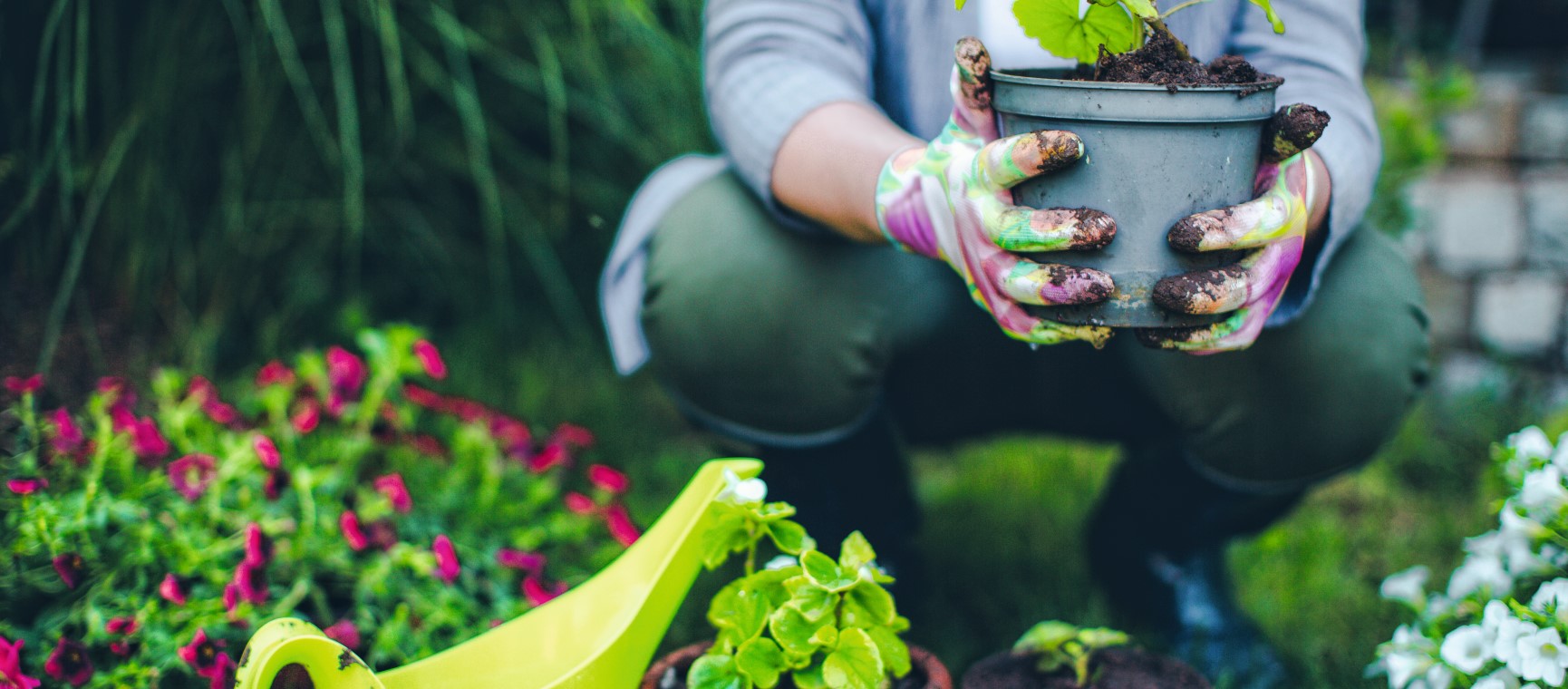
Back in 1733, it seems the main job for women in the garden – at least according to Stephen Switzer’s The Practical Husbandman and Planter – was as a ‘weeder-woman’. The ‘careful gardener’, he wrote, would set her ‘every morning, and always after rains, to pick off and destroy all those snails and slugs’.
No longer: Saga’s women certainly don’t see themselves as weeders, if our survey of 2,380 customers is anything to go by.
And they’re more likely to have a ‘wild place’ in their garden, which – as the experts are keen to remind us – is good for biodiversity.
"This chimes with what we find," says Guy Barter, chief horticulturalist at the Royal Horticultural Society. "Men are much more about control in the garden. Women are much happier to experiment, to let things develop of their own accord, to delight in self-seeding and to want things to be less formal.
61% of us use fewer pesticides than we used to
"Historically, women have struggled to be accepted as gardeners, but this is the age of the woman gardener who can express herself in her garden without harumphs from someone wanting sharp edges and a well mown lawn."
As you might expect, both sexes’ enthusiasm for gardening grows with age:
Perhaps unsurprisingly, the time respondents spend on gardening correlated directly with how much they enjoy it: the refuseniks spend fewer than 30 minutes a week on it, whereas those who love it most, garden for five to 10 hours a week during the growing season.
When it comes to what you grow, flowers are favourite, with 88% cultivating them. Just over half grow herbs (54%) and just under half grow fruit (46%) and vegetables (45%).
"One of the things we’ve noticed is that as gardens have got smaller, things like asparagus, which require a lot of space, are no longer asked about as much as 30 years ago," adds Barter.
Where space is limited, he recommends small, leafy crops that are pricey in the supermarket but easy to grow: interesting lettuce varieties, rocket, pak choi, spinach, chard and kale.
Sarah Raven, doyenne of kitchen gardens and author of 14 books, isn’t surprised tomatoes are the most popular crop.
"The corker classics such as tomato ‘Sungold’ go on being popular, but people are now interested in growing for health too, so varieties such as ‘black Russian’, with a double dose of antioxidants – lycopene and anthocyanin, which makes them dark in colour – are rising up," she says.
"Their flavour is incredible, too."
And she says more and more people are growing edibles for birds and nature. ‘Red millet, Panicum violaceum, and all the amaranths produce protein-rich seeds, which are good for us and good for birds too,’ she adds.
75% of us enjoy gardening
‘We grow lots of these to help us keep on top of slug and snail issues, which are particularly bad this year, as birds feed them to their young in April and May, just when these pests are at their worst.’
Women may no longer be ‘woman-weeders’ picking slugs off plants, but some other 18th-century British traditions don’t seem to have changed: 84% in our survey have a lawn – and it is just as popular with younger customers as older ones.
Unfortunately, we didn’t ask how many had stripes
Over a career spanning 30 years and counting, Rachel Carlyle has written features on news, health, family, education - and everything in between - for national newspapers and magazines. She’s Saga Magazine’s contributing editor and has also ghostwritten two bestselling health and lifestyle books for Penguin.
View author page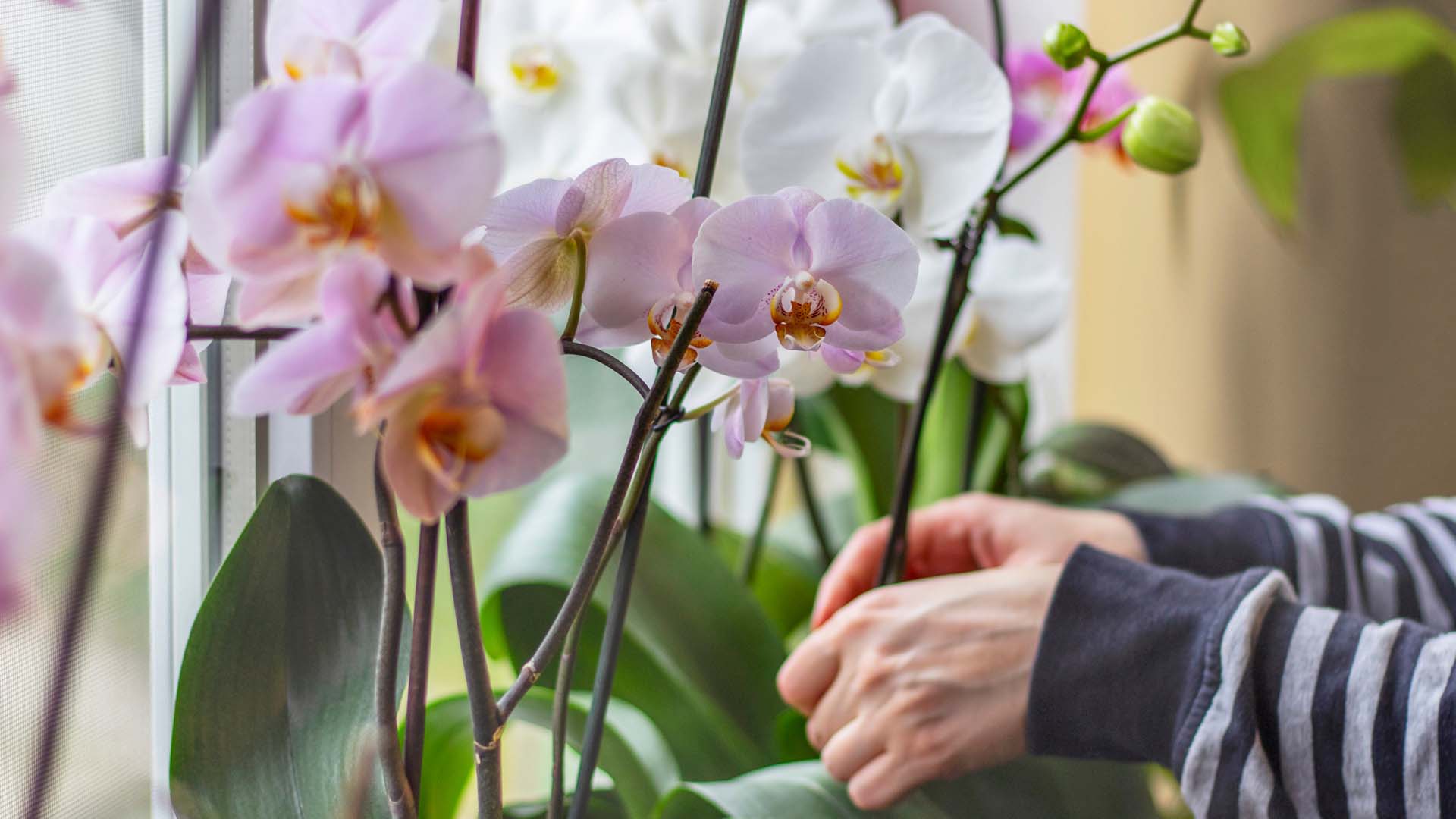
Our expert pruning and watering hacks include a top tip to keep them flowering from Alan Titchmarsh.
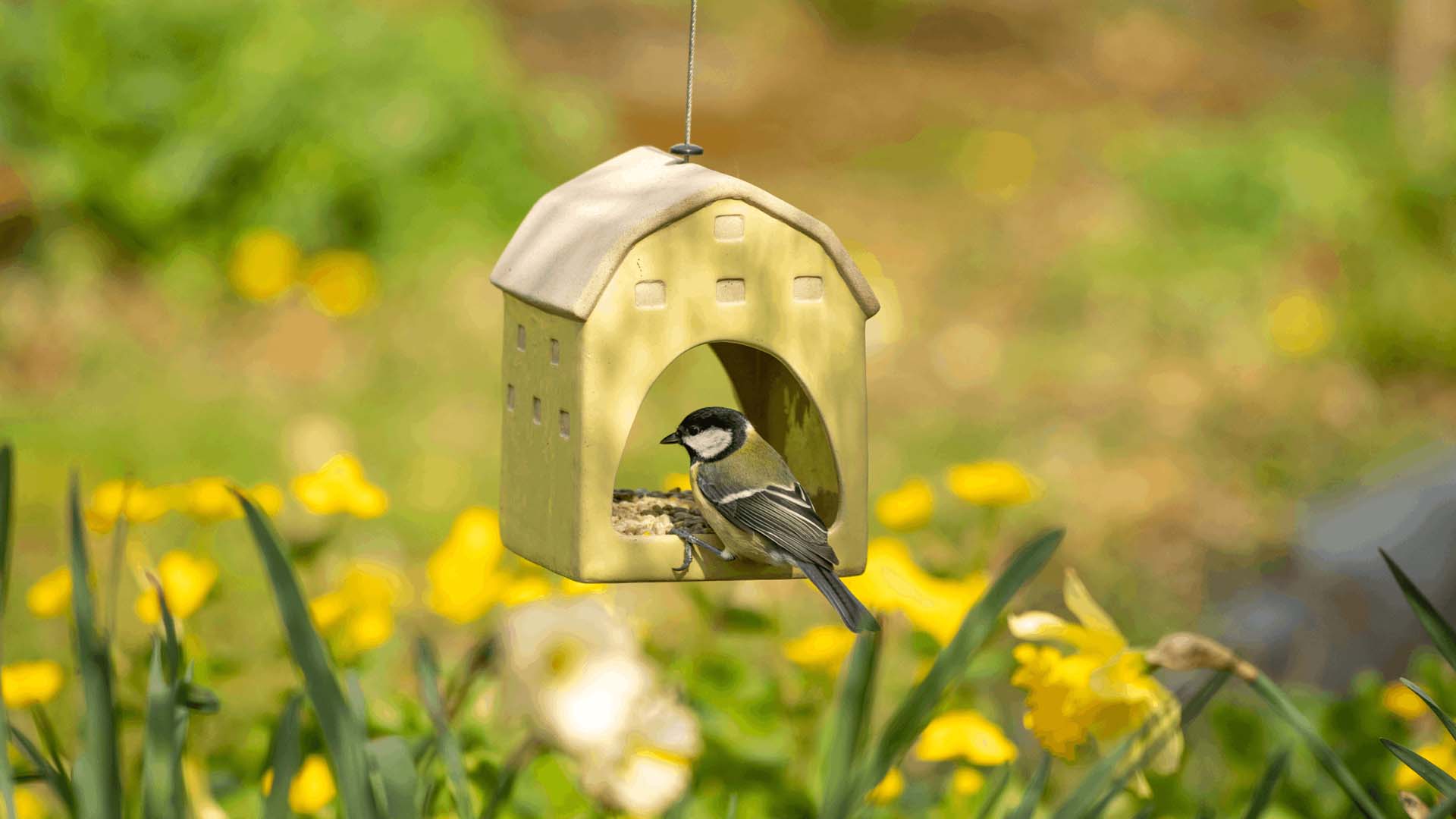
Don’t make these bird-feeding mistakes. Expert advice on how to feed birds in your garden safely.
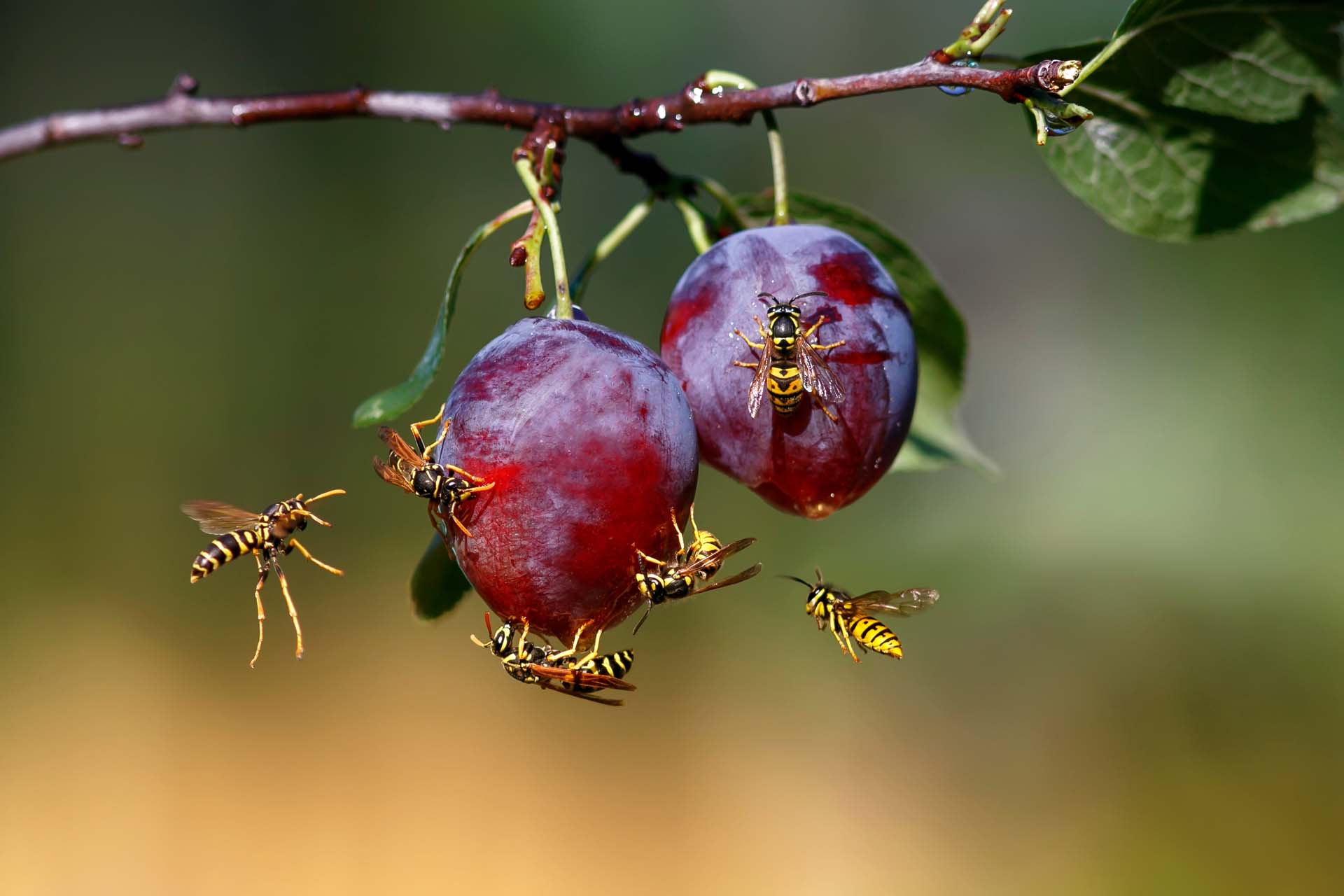
Blighted by buzzing? How to keep wasps out of your garden without harming them so you can enjoy the summer.
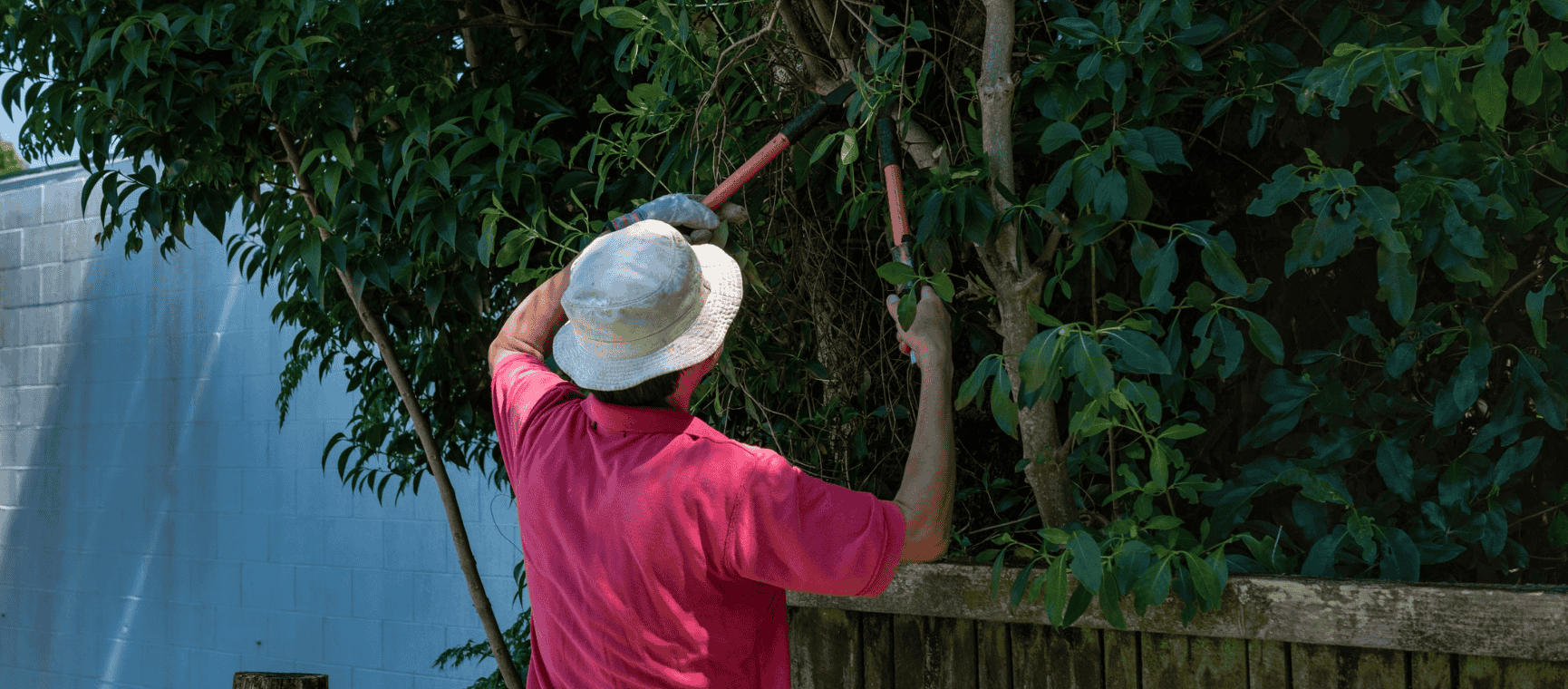
The ways you could be breaking the law in your back garden - with expert advice on how to avoid neighbour disputes, a fine or even a prosecution.
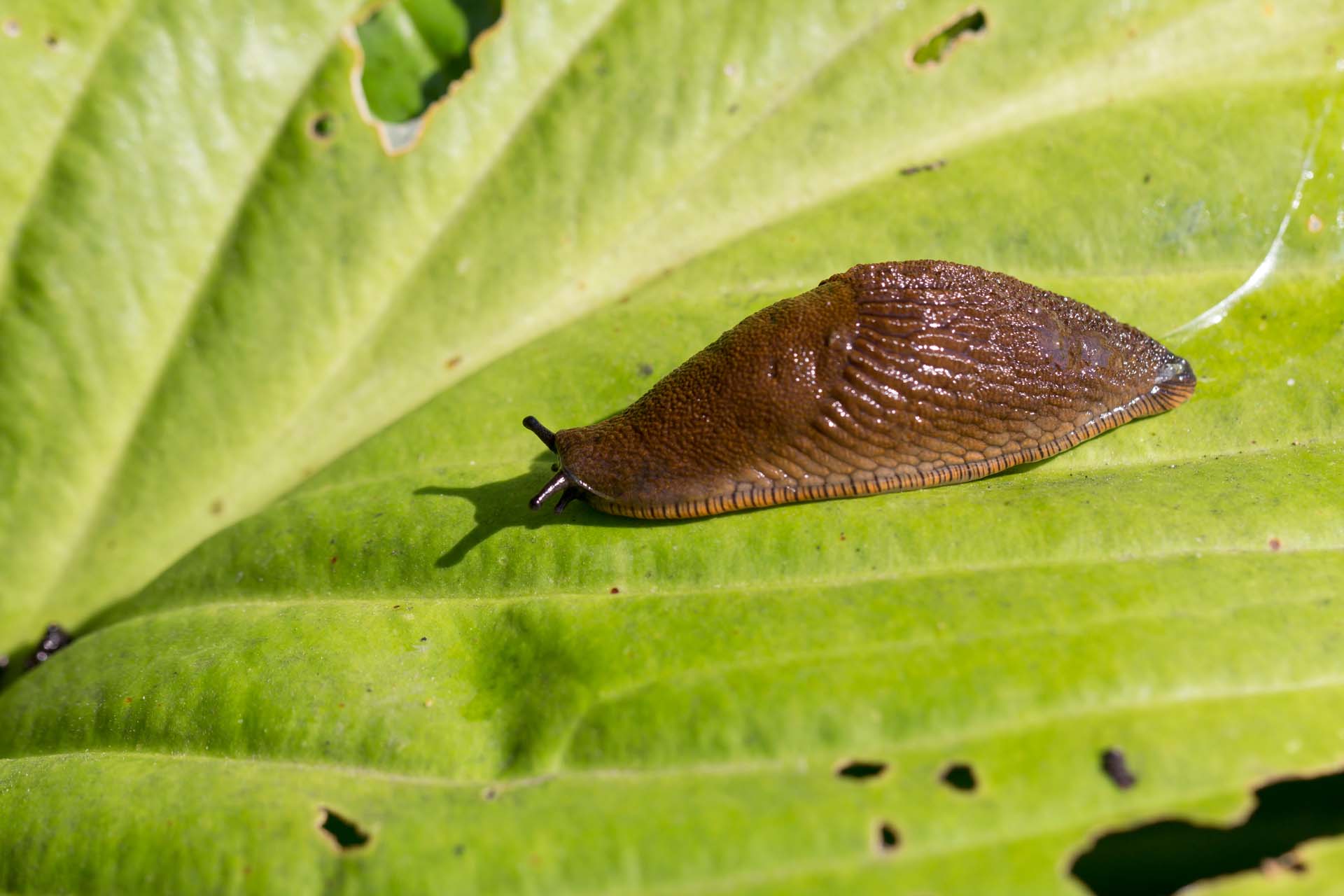
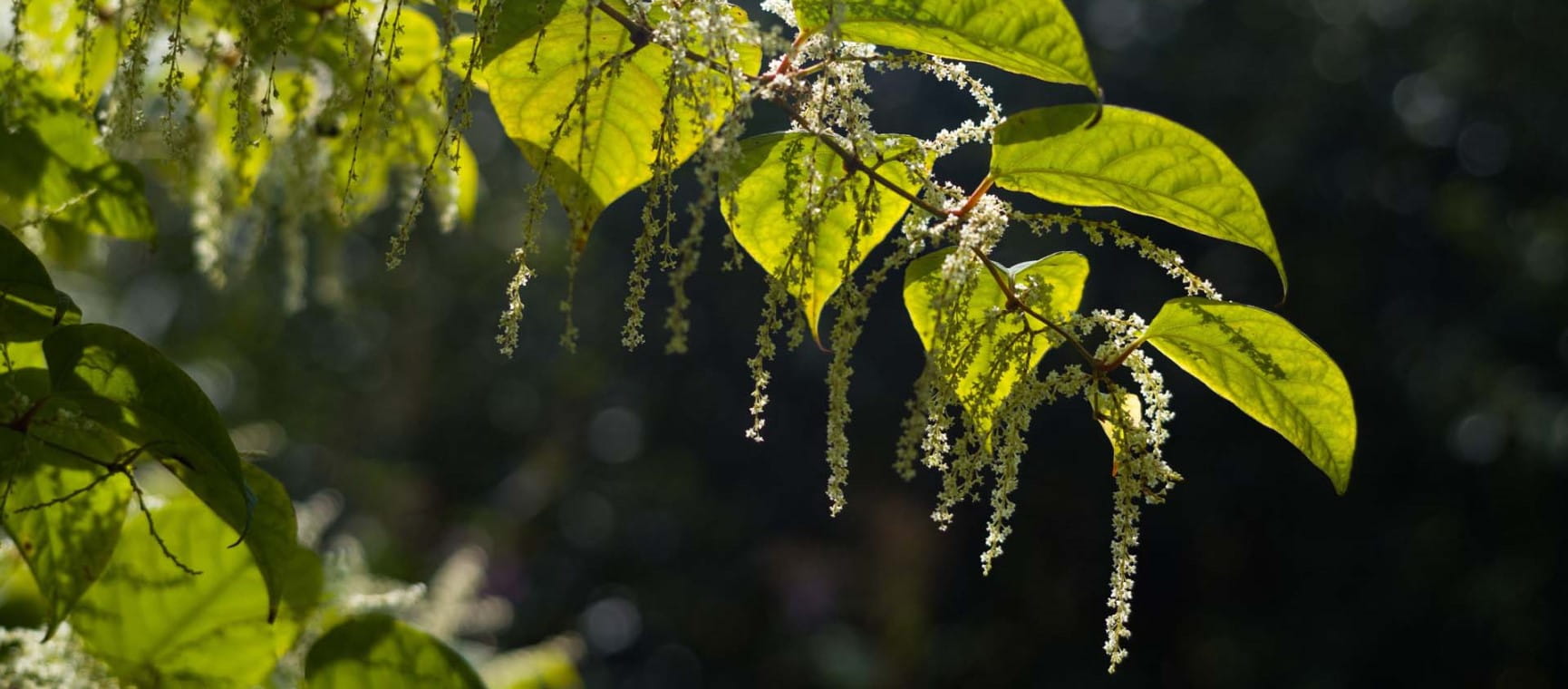
Everything you need to know about Japanese knotweed, the fast-growing plant nobody wants in their garden.